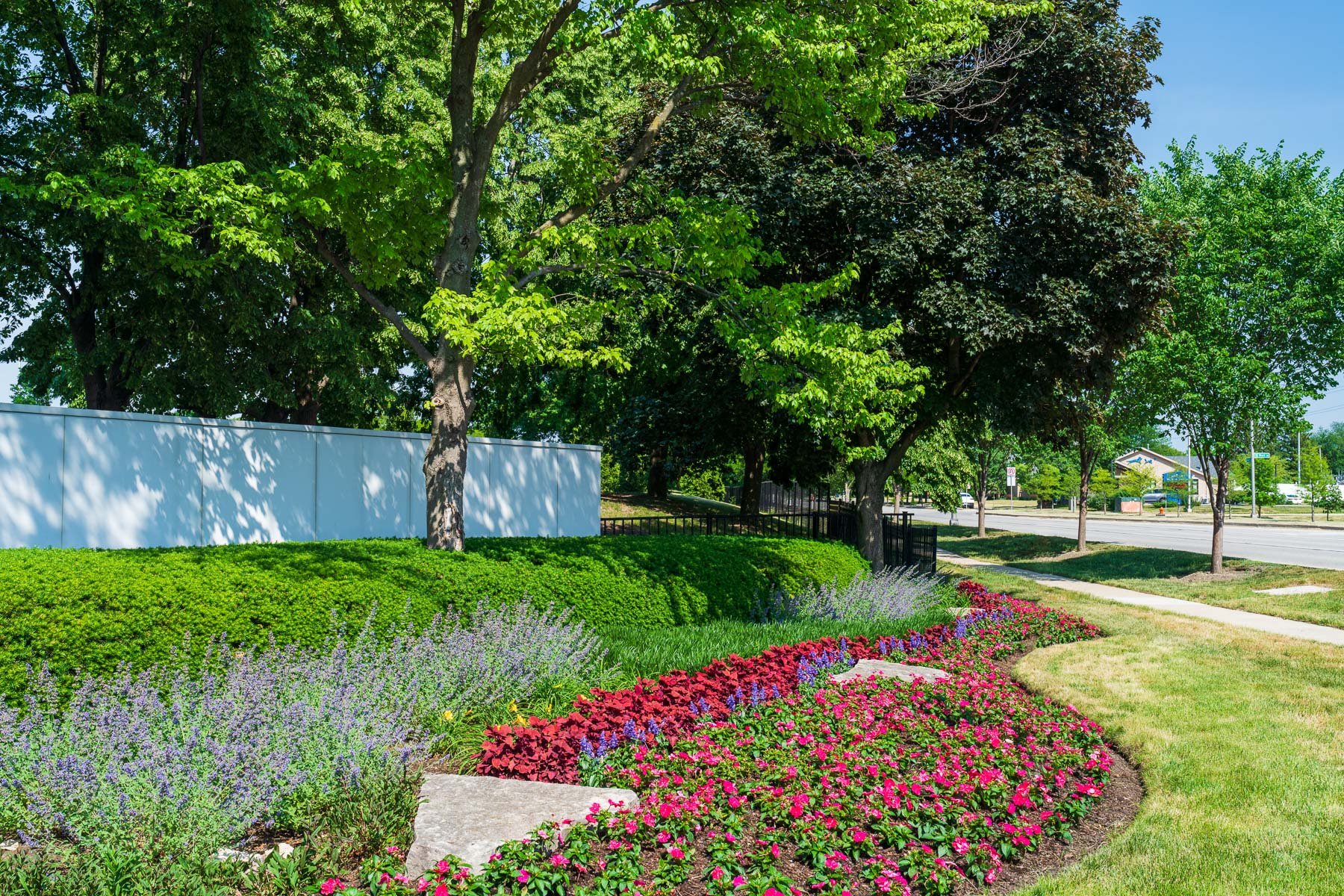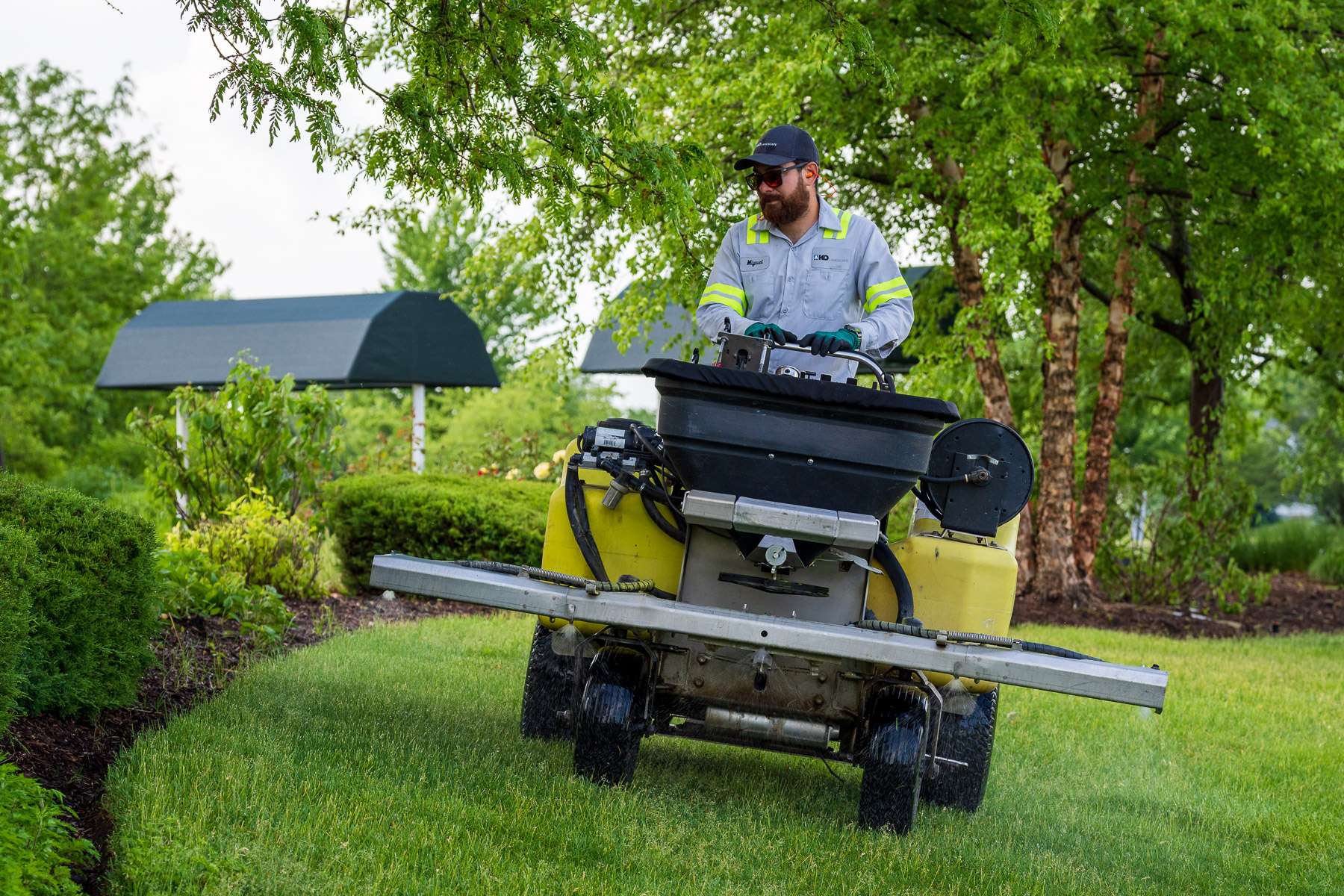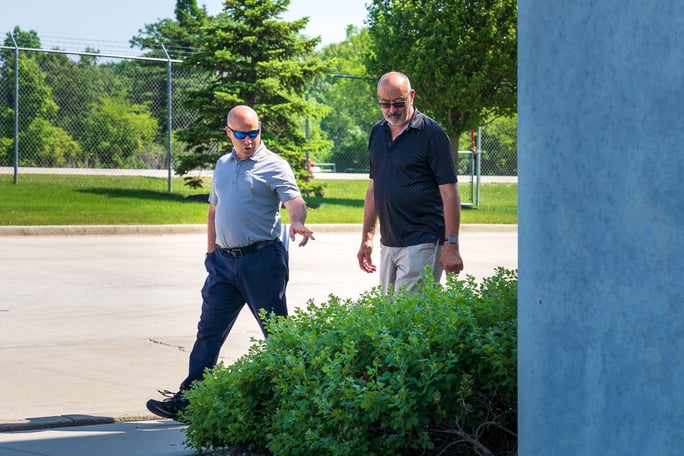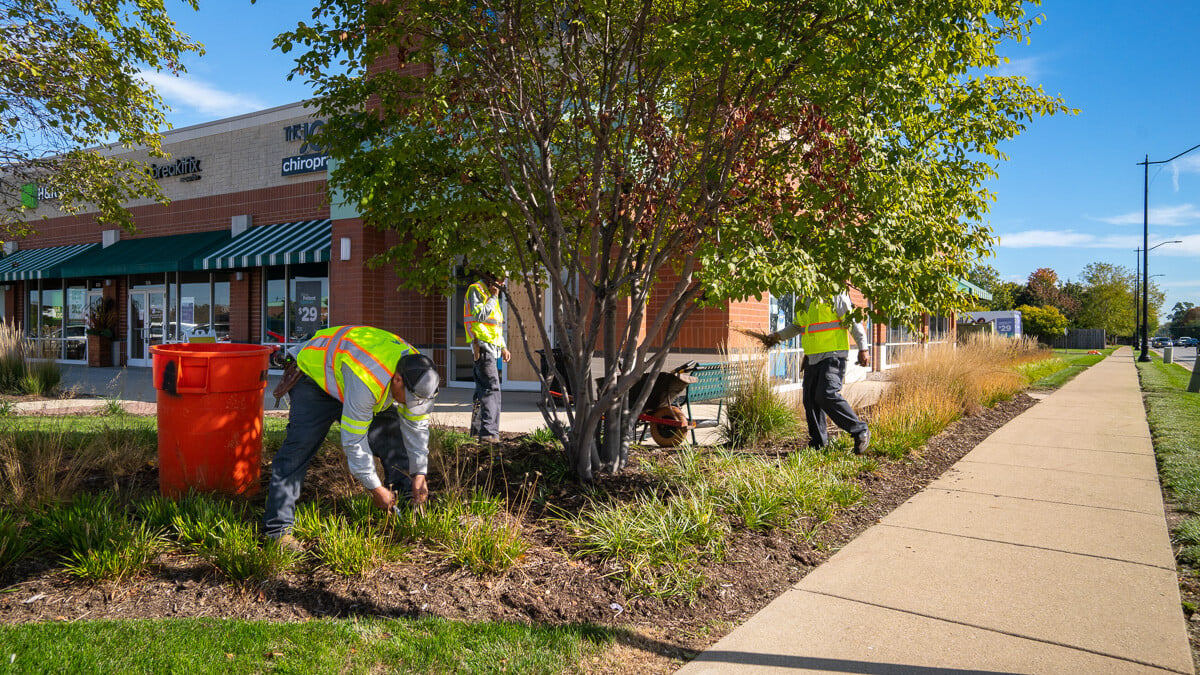In Greater Chicago, we look forward to a warm spring and summer after our typically cold and windy winters that bring lots of snow and ice.
The warm weather brings opportunities for enjoying outdoor activities, such as backyard cookouts, relaxing with family and friends on the patio, and playing with your dog on the lawn.
Typically, temperatures in the Greater Chicago area begin to warm up in early April.
However, the 2023-2024 winter was somewhat different. February finished as the warmest on record for Chicago, with average temperatures exceeding more than 10 degrees above normal.
In fact, of all the seasons in Chicago, winter has been warming the fastest. A Climate Central study shows that our winters have warmed by more than 3 degrees during the period from 1970 to 2021.
So, sure, we enjoyed a milder winter than what we were used to, but does a warm winter harm the landscape?
Let's discuss the impact of a warm winter on the landscape, so you can be aware of any signs you’re seeing and stay ahead of potential problems.
Managing Common Warm-Winter Problems
When we don’t have a normal winter, you might notice some unusual behaviors in your landscape.
This is especially true for new plantings. While we don’t always love a thick layer of snow, your plants like it for root insulation purposes.
Let’s look at some common winter impacts on plants.
Decreased Blooms and Bloom Time
Fortunately, the native plants in Greater Chicago are accustomed to our swings in winter temperatures as spring approaches, so they aren’t as easily tricked into coming out of dormancy.
To counter the issue of plant tissue being killed by late winter freezes, many of our woody plants developed a threshold where temperatures need to remain above 24 to 50 degrees Fahrenheit for up to 4 to 8 weeks before breaking dormancy, according to University of Minnesota Extension research.

However, a warm winter problem is when plants are tricked into coming out of dormancy for a period, triggering growth. Then when freezing temperatures return, that growth dies. This can impact bloom timing.
Mild winters are known to advance the growing season. This can lead to shorter flower blooms.
Perennials may bloom early in a warm winter, but they can then withstand the rest of the spring and summer. Many annuals bloom in spring and summer, so they can bloom early during a warm winter and then die before spring arrives. Some cold-hardy annuals may not bloom at all during a warm winter. The range of bloom issues can be vast.
Increased Disease Risks
Warm winter problems don’t stop with decreased bloom time. Unfortunately. They can also lead to a greater risk of common leaf spot diseases, such as apple scab, cedar-apple rust, and anthracnose.
Fungal or bacterial pathogens, as well as pests or mites, can cause leaf spot diseases. Spots can range from tiny blemishes to oddly shaped, yellow or brownish patches that can cover a significant portion of the leaf tissue.
These infections can also be more severe, causing early defoliation and several leaf flushes.
Grass Challenges
Our cool-season grasses in Greater Chicago prefer mild, wet winters and like colder climates. Cool-season grasses grow abundantly in fall and winter, then they go dormant in summer when temperatures rise and the sun beats down.
The effect of warm winters on lawns includes pushing cool-season grasses to go dormant earlier and fail to produce healthy new growth. Then, this occurs in spring, when the lawn has a more challenging time creating a lush, green lawn.
Weeds also tend to grow faster and spread more in warmer weather. Many weeds that are dormant in cold weather can emerge earlier during a mild winter.
This is particularly true if your lawn lacks nutrients or proper maintenance, such as adequate watering, proper mowing, or other forms of care like annual aeration. Early applications of preemergent fertilizers is important to help combat early germination of weeds, such as crabgrass and nutsedge.

One issue that can affect Chicago lawns is crown hydration. This occurs when we experience a sudden warm spell in winter. It stimulates the grass to emerge from its dormant state and begin absorbing water.
But when temperatures return to freezing, that water inside of the grass freezes and this can kill the crown. Proper maintenance, including fertilization, aeration, and dethatching, is an effective way to prevent and encourage healthier turf.
Let KD Landscape Help You With Warm Winter Problems
We know there is a lot to take in when it comes to the effects of a warm winter on landscapes. It can become overwhelming.
We only scratched the surface above. Numerous issues can impact various perennials, and since there are so many varieties and types available, the challenges are vast.
We don’t expect you to learn about every warm winter problem out there that can impact Greater Chicago residential and commercial landscapes.

That’s why KD Landscape is here. We know you love your landscape and want it to look its best, whether you're a proud homeowner or a manager of a growing business.
We can’t control the weather, but we can provide resources and education to help you better understand what's happening. We can also become a partner for you, tackling common challenges early and ensuring your plants don’t get the worst of the weather challenges. If you notice any unusual issues on your landscape, please give us a call.
We have years of experience tackling all that Mother Nature has thrown at Greater Chicago landscapes, so we’re prepared to deal with it all, and give you the peace of mind you seek.
Want to learn more about how KD Landscape can help you get your Greater Chicago residential or commercial landscape through a warm winter? Get started today with a free quote. We’ll review your options together so you can feel confident and make a great choice.









